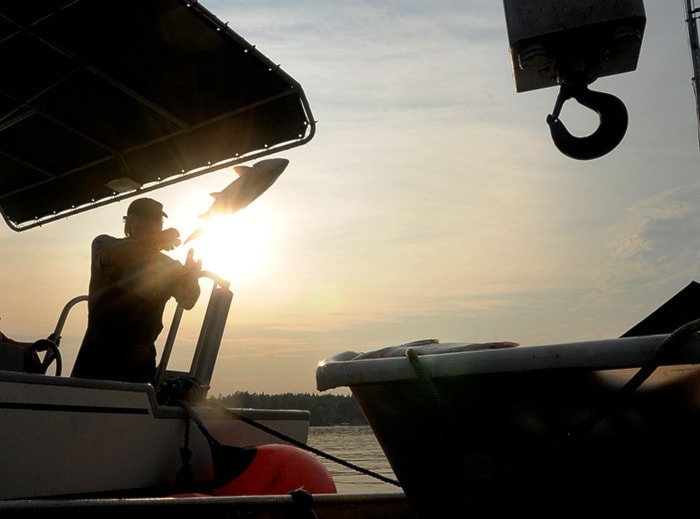The annual run of salmon – returning to the Fraser River to go to a myriad of spawning channels all over B.C. – is one of the most iconic and awe-inspiring symbols of this province.
Unfortunately, with the rapid urbanization of the Lower Mainland (including cities like Surrey and Delta), many urban residents have no personal connection to the river, its fish or the people who fish for them.
Nor do they understand the vital, historic and even spiritual connection between B.C.’s First Nations and the salmon.
They do not know the importance of the salmon run, and the threats the returning fish have faced in the past, and continue to face right now.
Accounts from the first Europeans who came into contact with First Nations here speak of the staggering number of returning fish.
This occurred each year – not every four years, as is the case today with the major sockeye run – and was the most important factor in the thriving economy and well-developed culture of coastal First Nations people, and indeed of many in the interior.
The gigantic runs continued into the early 20th century, and led to the establishment of a huge salmon fishery and numerous canneries, including some along the Fraser in Delta and Surrey. Communities like Annieville along the Fraser River thrived, and people involved in the industry, from shore workers to fishers and cannery owners, prospered.
One of the greatest blows to the fishery occurred in 1913, when blasting by the Canadian Northern Railway in the Fraser Canyon changed the river flow near Hell’s Gate, and prevented a massive number of fish from making their way to upstream spawning grounds.
The fishery has never fully recovered from that blow, although the 2010 run was the biggest since that year.
But even into the 1980s, there were continued significant runs, not just of sockeye, but also of coho (now in significant trouble), chinook, chum and pink.
There were still a lot of people involved in the fishing industry. The United Fishermen and Allied Workers Union was a force in local labour circles, and the NDP in North Delta had an annual salmon barbecue and fundraiser each summer.
The event I attended at Sunbury Hall about 30 years ago rates, for me, as the best meal I have ever enjoyed at a political fundraiser.
The fact that former premier Dave Barrett, the most spellbinding orator on the provincial scene in the past half-century, was guest speaker also made it a memorable occasion.
Damage to spawning streams, in both urban and rural areas, combined with ocean temperature changes and other unknown factors have significantly hurt the salmon runs in the past 20 years.
A small commercial opening took place for sockeye on Monday, and there will be other openings, but the fish are still under enormous pressure.
That’s why news of a mine tailings pond collapse into the Quesnel River system on Aug. 4 hit like such a body blow. A large number of sockeye are headed that way.
Whether they will be impacted isn’t yet clear, but even the potential for a major kill of spawning fish makes many people very angry.
People in Surrey and Delta need to think about the importance of the salmon runs to our province.
Salmon aren’t just good for eating, they are an important economic and cultural symbol of this province.
As long as the salmon keep coming back to the Fraser and other major rivers like the Skeena, B.C. will be an environmentally healthy place.
If they stop coming back, or the runs dwindle to almost nothing, we are in big trouble.
Frank Bucholtz writes Thursdays for the Peace Arch News. He is the editor of the Langley Times.
